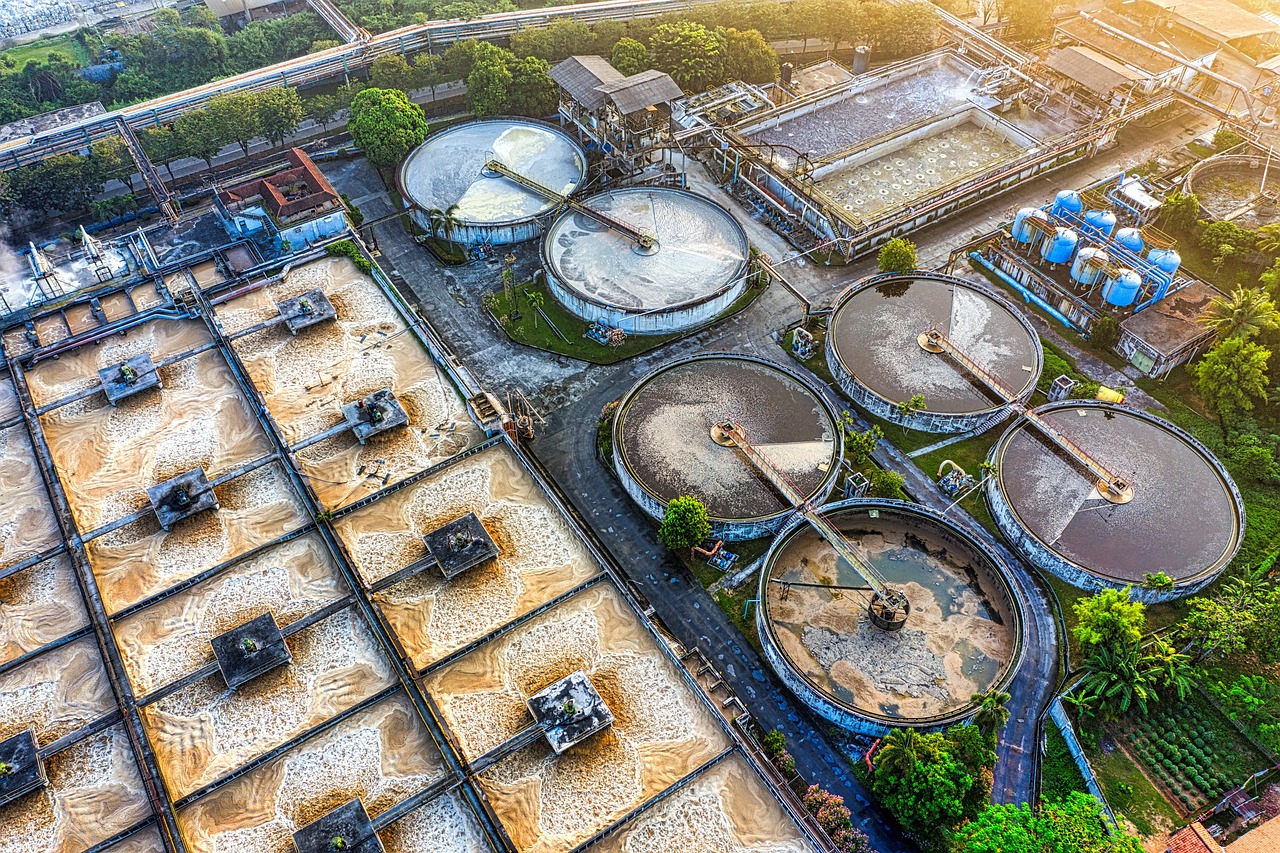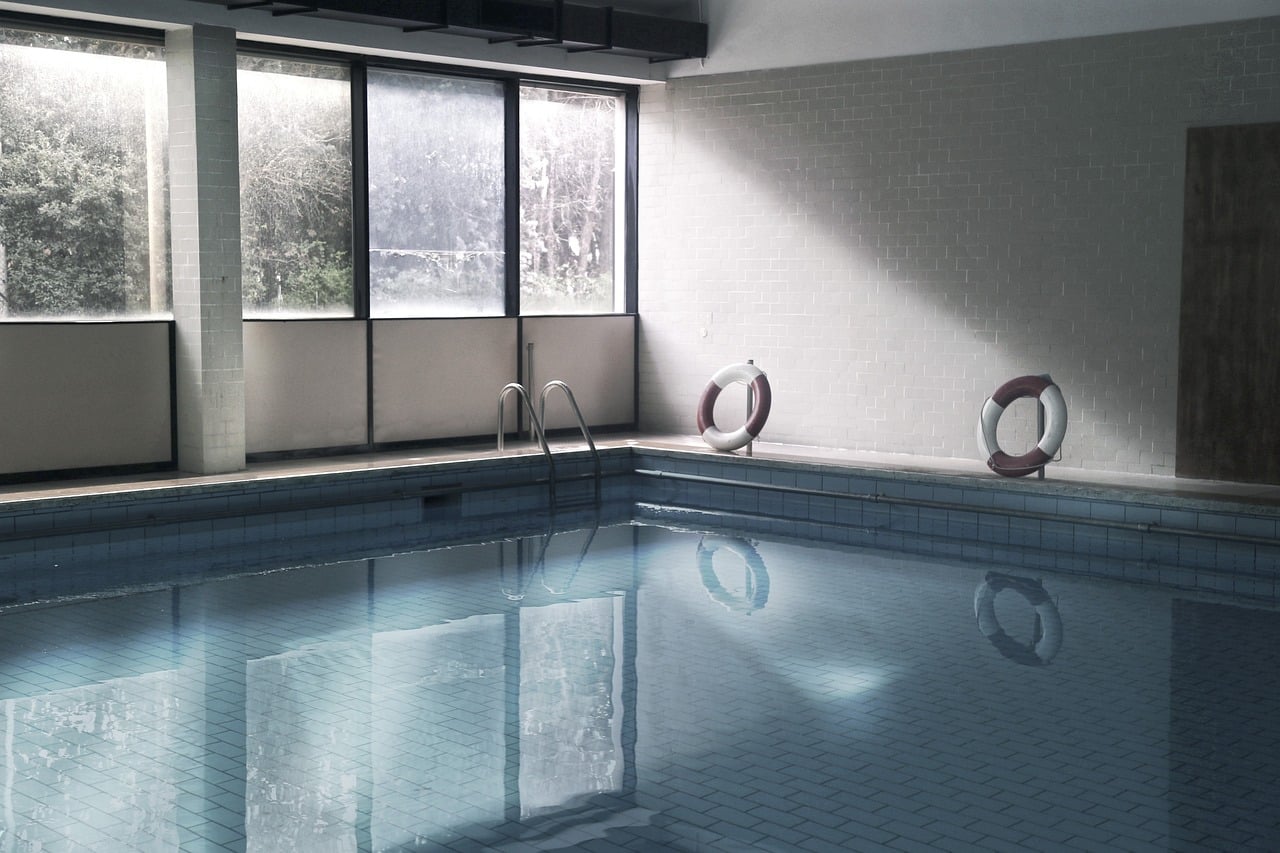
Using different technologies, clarifiers purify water.
The adjective clarifying refers to that which clarifies : that is, that clarifies, illuminates or cleans something . The term is usually used as a noun to refer to a device that allows solid elements to be removed from a liquid .
water tank
A clarifier is a tank that uses mechanical procedures to remove solids . Impurities can float on the surface of the liquid or settle to the bottom.
Clarifiers are used in water treatment . It is common that, as a process prior to water access to the tank, reagents are incorporated that promote flocculation (forming larger and thicker particles) and coagulation (solidifying). This way, once the water is in the clarifier, it is easier to separate the solids.
To treat wastewater , for example, clarifiers are usually used that remove foam by flotation and solids by sedimentation. Furthermore, the mud particles (that is, those that settle at the bottom) thicken in them so that it is possible to remove them and then treat them separately.
Clarifier technologies
Clarifiers use a combination of physical, chemical, and design principles to separate suspended solids from water. The technology used may vary depending on the application and specific water treatment requirements. Let's see
some of the most common:
- gravity and sedimentation separation : it is the most basic technology used in clarifiers. It is based on the difference in density between solid particles and water. Water enters the clarifier and flows slowly, allowing heavier solid particles to settle to the bottom due to gravity . The clarified water is collected at the top of the tank;
- scraper mechanism : these mechanical parts collect the solids accumulated at the bottom of the tank and take them to a collection hopper. This prevents solids from accumulating excessively and affecting the performance of the clarifier;
- Upflow – Instead of letting solids settle to the bottom, upflow clarifiers introduce water to the bottom of the tank and allow the lighter ones to float to the surface and then be removed;
- inclined plates : also called lamellae , they are located inside the tank and provide a greater surface area for sedimentation and help speed up the separation process.
chemical compound
The chemical compound that is poured into swimming pools to reduce the level of turbidity of the water is also called clarifier. What the clarifier does is promote flocculation and decantation to help make the water crystal clear with the action of the filter or by means of a pool cleaner .
Pool clarifiers, in short, cause an agglomeration of the particles that were suspended, which end up at the bottom . This way they can be removed easily. The main goal of these products is to improve water clarity. While it is recommended to follow the instructions included on the package, they are usually spread evenly throughout the pool and then the filtration system is left to do its job of trapping the coagulated particles.

The pool clarifier reduces water turbidity.
There are chemical-based pool clarifiers and also natural clarifiers. The former usually contain polymers that help coagulate the particles , while the latter can be made of materials such as cellulose . After adding a clarifier, it is important to ensure that the filtration system is working properly to capture coagulated particles; If not, its components will need to be cleaned or replaced.
The doses and frequency of use of clarifiers may vary depending on the product and the conditions of the pool . Some can affect the chemical balance if used in excess. It is also important to regularly test your water. Note that clarifiers are useful for improving water clarity, but do not replace other essential pool maintenance tasks , such as regular cleaning and monitoring of the filtration system.
